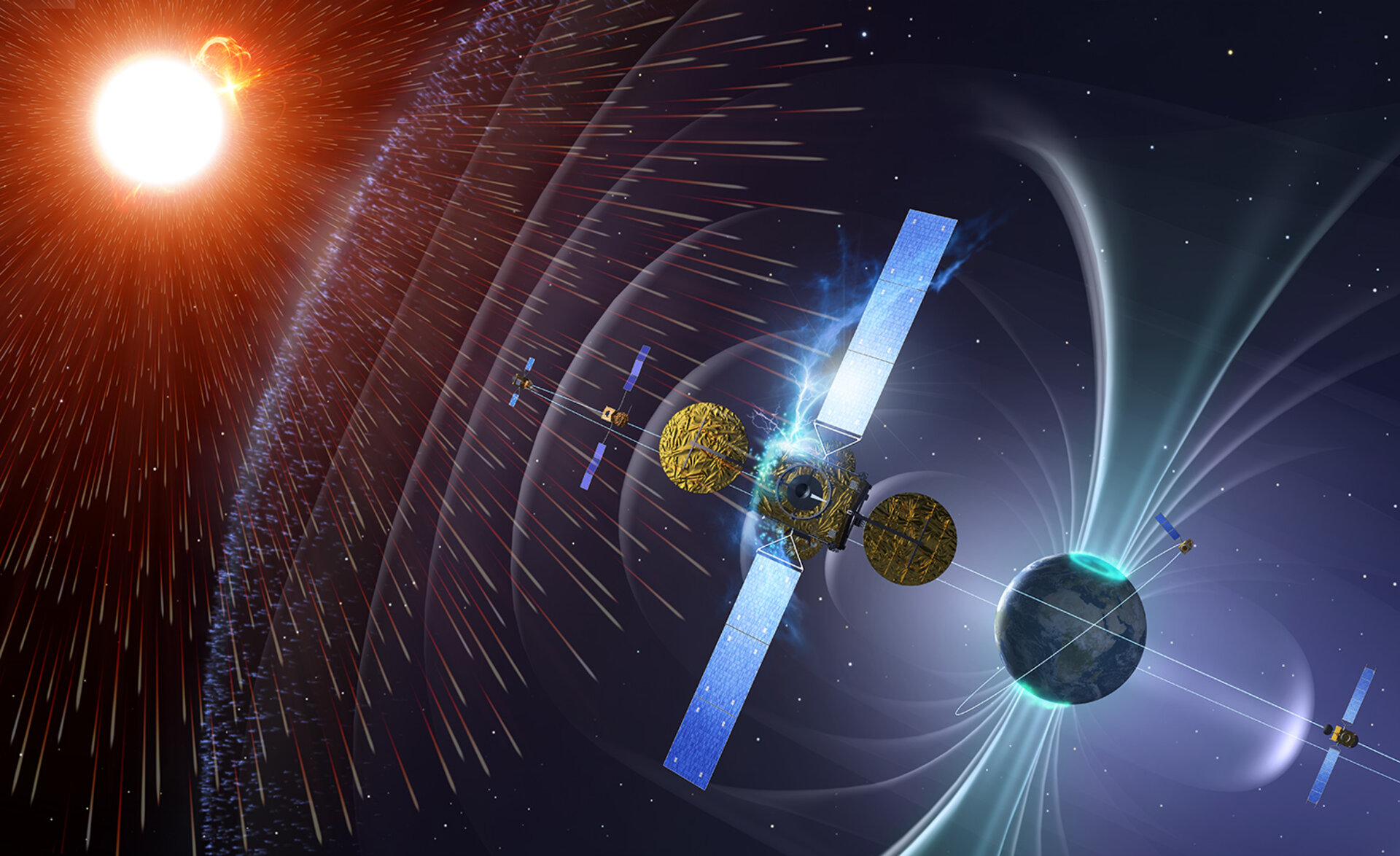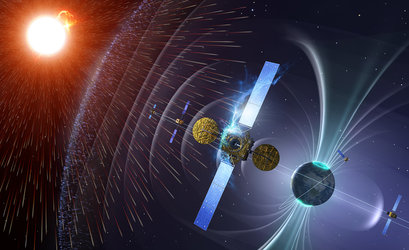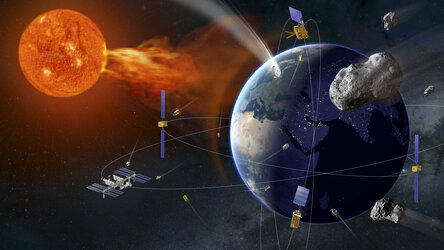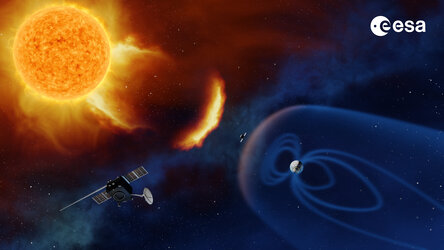Wanted: your ideas for missions to monitor space weather
The Sun has a violent temper. During periods of intense activity, it sends powerful blasts of charged particles through space, which can be hazardous if they head in our direction. ESA is seeking ideas for shoebox-sized space missions to monitor the Sun’s tantrums.
Earth is fairly well-protected against space weather by its magnetic field and atmosphere. But charged particles from the Sun can be harmful to spacecraft and astronauts. Strong solar weather events can also result in airline crew and passengers being exposed to radiation, satellite communications signals being lost, and ground infrastructure – such as power grids – being damaged.
For a holistic view of the effects of solar activity within Earth’s vicinity, we need to go to space. From there, we will gain the necessary, accurate, real-time data needed for space weather services.

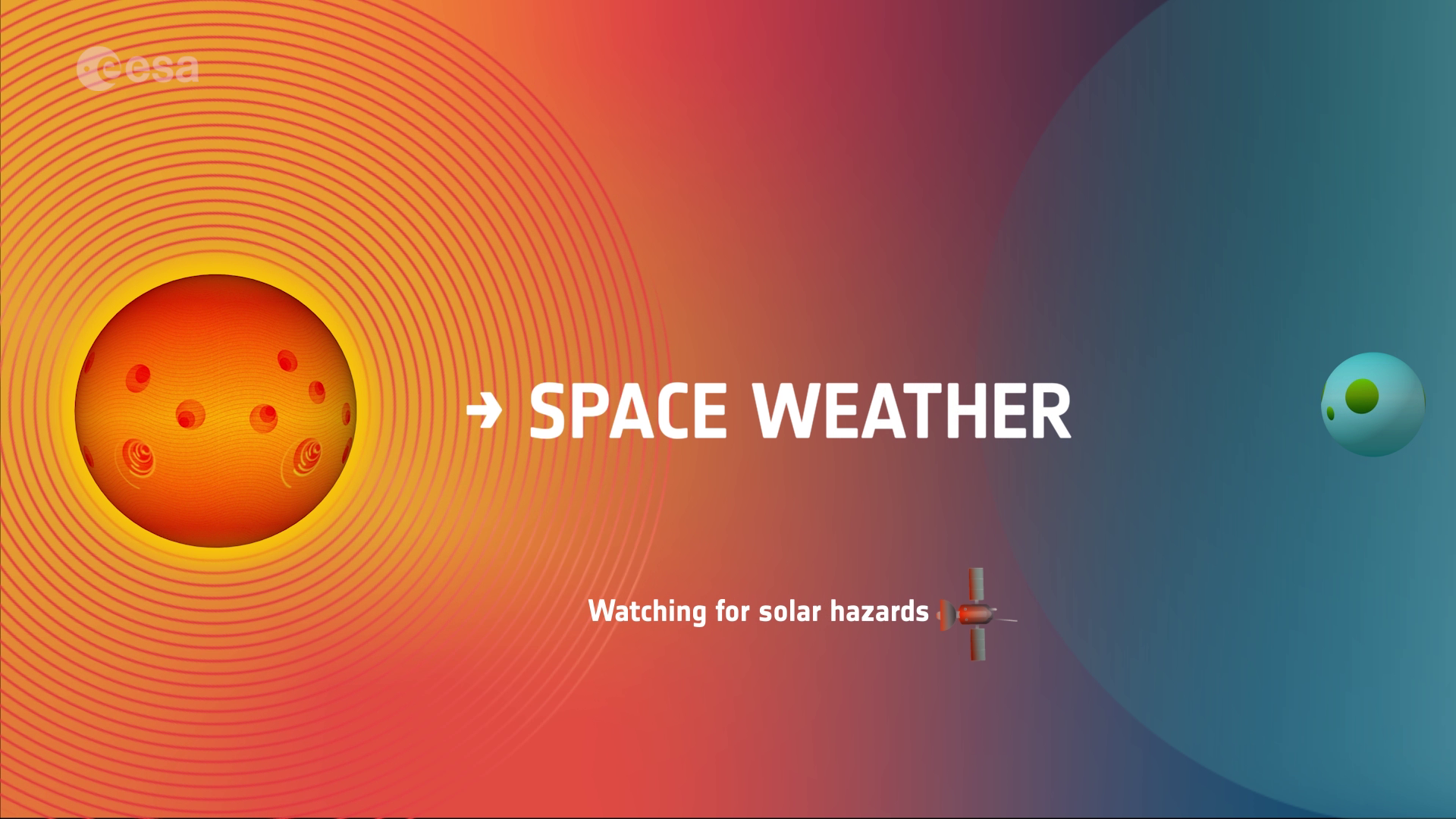
Access the video
In 2019 ESA expanded its space safety & security activities to encompass three cornerstone missions. One of these is ‘Lagrange’ – the still-to-be-officially-named spacecraft designed to spot potentially hazardous solar storms. It is now time to expand the programme with smaller, more flexible missions.
“We’re looking for ideas for nanosatellite missions to propose at ESA’s next Ministerial Council,” explains Melanie Heil, who is leading the hunt for ideas. “These will be integrated into a system of distributed space weather sensors, which includes payloads hosted on board third-party satellites and dedicated small missions.”
“Nanosatellites would be a great complementary addition – the space community is becoming increasingly interested in this type of spacecraft and the capabilities of nanosatellites are improving fast. We could send several up at the same time to make measurements at multiple locations to better understand the more local effects of space weather.”
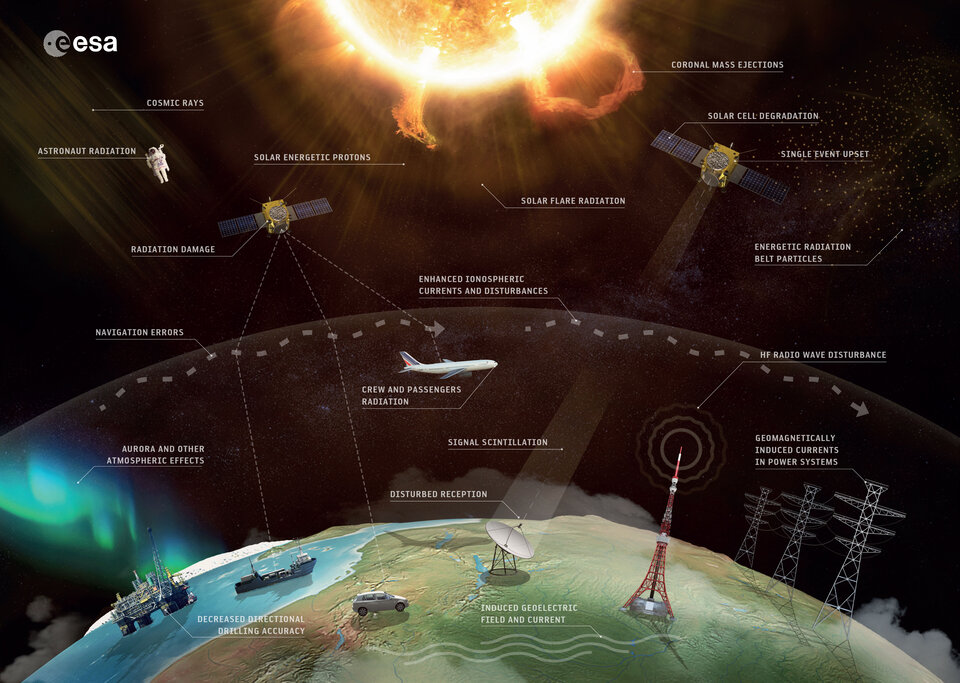
ESA is looking for ideas involving small satellites weighing up to around 30 kg. They are cheaper and quicker to produce than larger satellites. This means that they can be built and sent to space more frequently, each time including the latest technology and meeting the immediate needs of those researching space weather and providing services that protect humanity from its dangers.
ESA will select three or four ideas to fund as phase 0 studies lasting six months. If the studies are a success, the missions may be proposed at the next Ministerial Council.
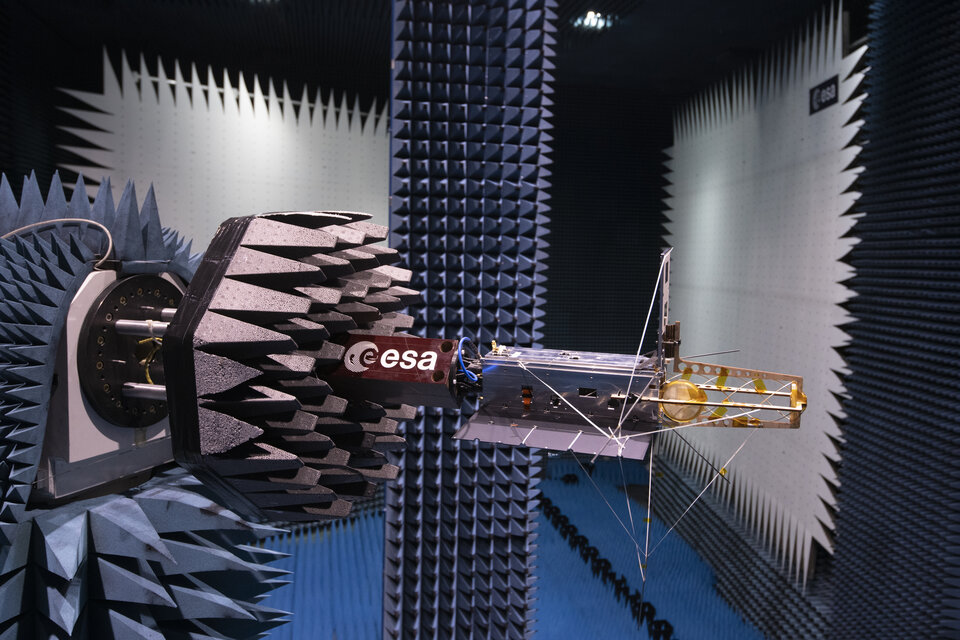
The deadline for ideas is 10 October. Anybody interested in proposing an idea is invited to a webinar on 16 September, where ESA’s Space Weather Office will answer your questions. The call for ideas is being run through the Open Space Innovation Platform (OSIP), where you can also find full details of the timing, process and evaluation criteria.
“Using OSIP allows us to get input from the wider community, bringing in new players to get novel ideas,” explains Melanie. “We are looking for challenging mission concepts, so we thought that tapping into the brains of the community – including the nanosatellite production industry but also the scientific community – would be the best way of finding ideas.”
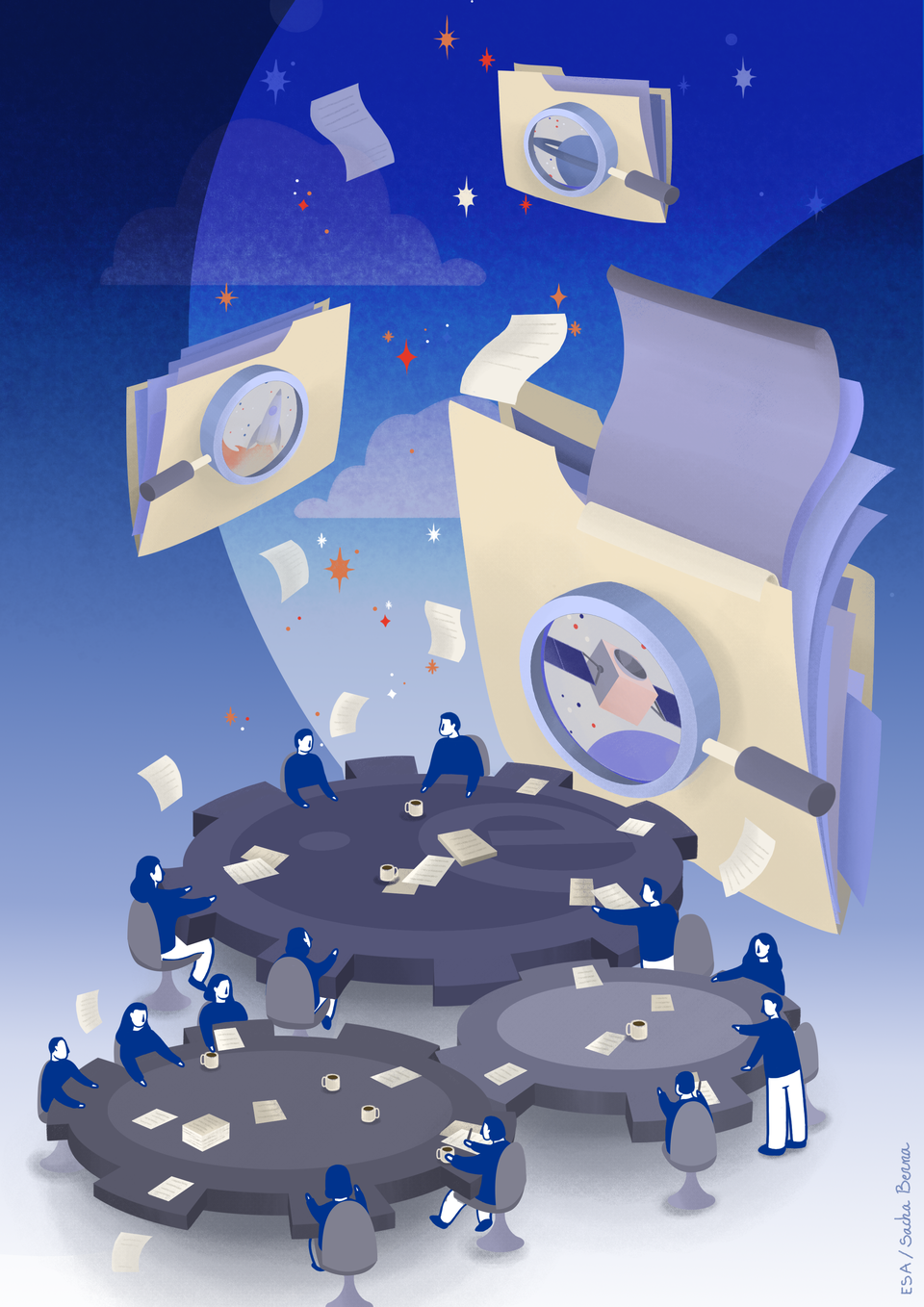
OSIP is an initiative from the Discovery & Preparation elements of ESA’s Basic Activities. Preparation serves as the birthplace of entirely new concepts and mission ideas, and it is where almost all current ESA missions and programmes were first conceived and studied. A recent example is Space Safety & Security’s Hera mission.
At ESA’s regular Ministerial Council meetings, experts decide which space missions to take forward. The Preparation element ensures that these decisions are well-informed by performing internal Concurrent Design Facility mission concept assessments or Phase 0 and Phase A mission feasibility studies.


